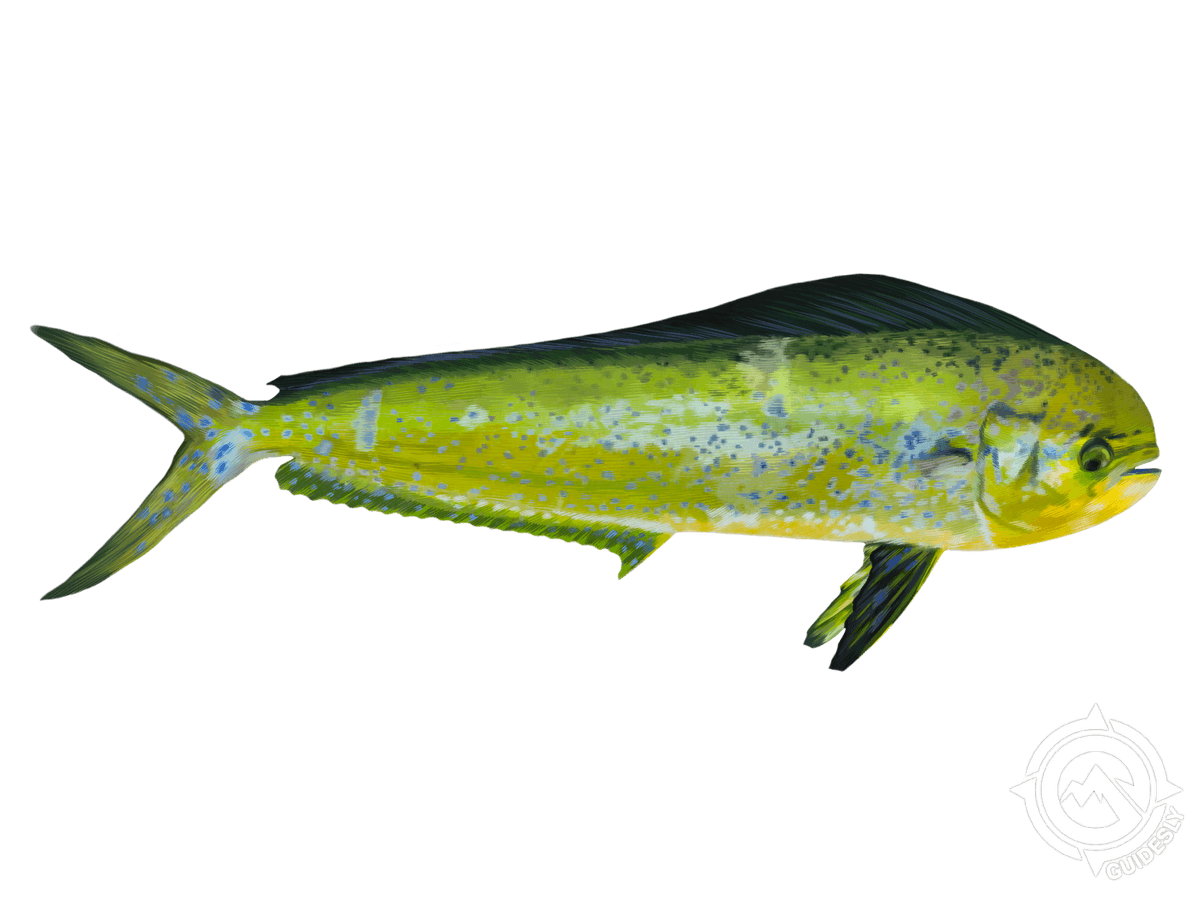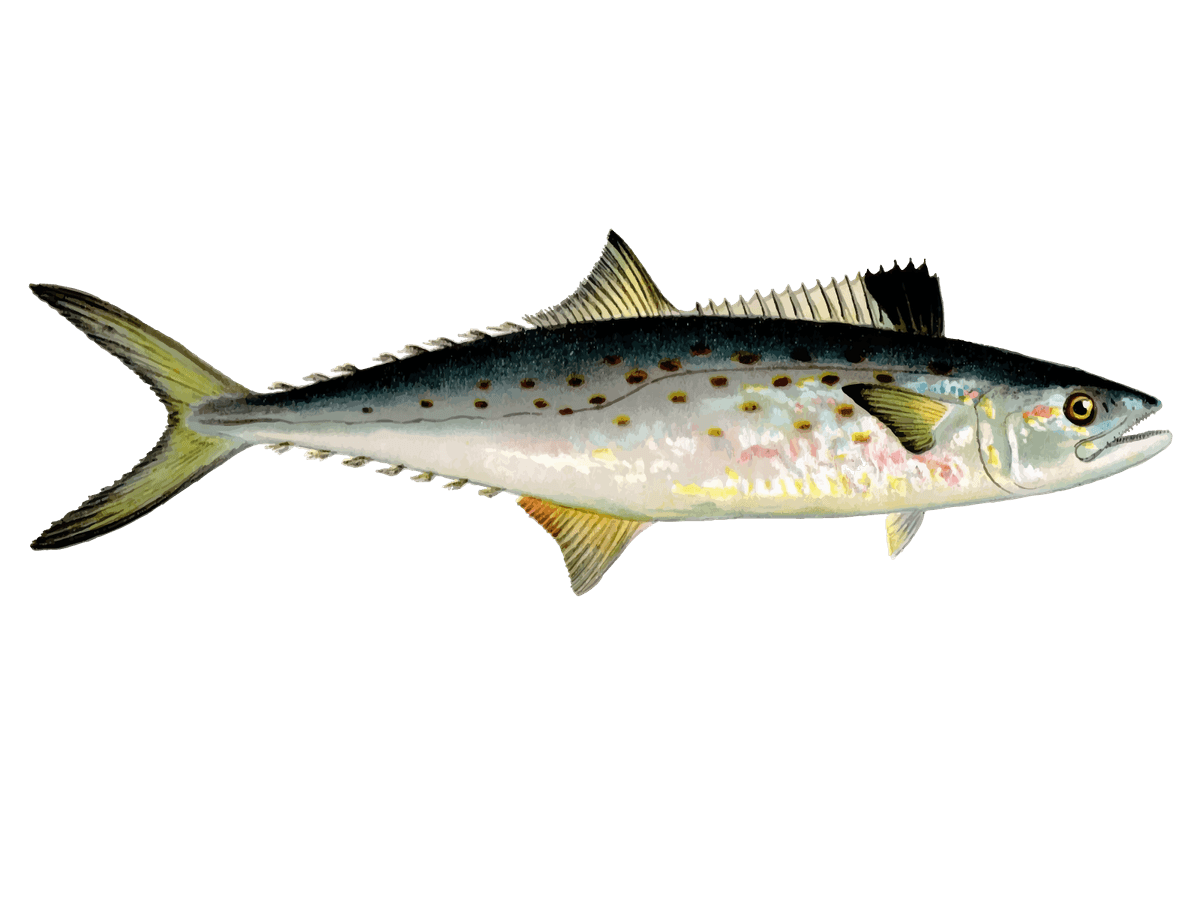World-Class Offshore Fishing in Wrightsville Beach
- Published Date: July 17, 2025
- Fishing
- Wilmington
- $650 - $2,200 price range
Summary
%2F%2Fusers%2Fd1116fc9-53ec-423e-9888-a1b1e25855c0%2Fratecard%2Fscreenshot2022-09-20092445.jpg&w=1200&q=75)
Reels and Reefs


Deep Sea Fishing Adventures off Wrightsville Beach
Hey there, fellow anglers! Ready to hit the deep blue waters off Wrightsville Beach for some serious offshore action? MaTunaHoo Sportfishing's got you covered with our morning reef fishing trip that'll have you reeling in the big ones before lunch. We're talking Amberjack, Bonito, Mahi Mahi, Groupers, Mackerels, Tunas, and Wahoo – a real North Carolina fishing smorgasbord!
What's the Deal on Deck?
Picture this: You're cruising out of Wrightsville Beach as the sun's coming up, salty breeze in your hair, and the promise of a cooler full of fish by day's end. We'll be heading to some killer reef spots where the big boys like to hang out. Our captain knows these waters like the back of his hand, so you're in for a treat. We keep our groups small – just 4 guests max – so you'll have plenty of elbow room to work those rods. Fair warning though, we don't provide grub on this trip, so pack some snacks to keep your energy up while you're battling those ocean giants.
Rods, Reels, and Ripping Lips
Alright, let's talk tactics. We'll be doing a mix of trolling and bottom fishing, depending on what's biting. For the pelagics like Mahi and Wahoo, we'll drag some lines behind the boat with colorful lures that these speedsters can't resist. When we hit the reefs, it's all about dropping bait to the bottom and holding on tight. We provide all the gear you need – top-notch rods, reels, and tackle that can handle whatever the Atlantic throws at us. Just bring your A-game and maybe some sunscreen, 'cause you're gonna be out there hauling 'em in all morning!
Fish Tales from the Deep
No customer reviews provided for this trip.
The Usual Suspects
Spanish Mackerel: These zippy little guys are a blast to catch. They're fast, they're feisty, and they put up a heck of a fight for their size. We usually find 'em in schools, so when you hook one, get ready for non-stop action. They're at their peak from spring through fall, and trust me, they make for some mighty fine eating.
King Mackerel: Now we're talking some serious game fish. Kings can grow over 4 feet long and put up a fight that'll leave your arms burning. These bad boys are known for their blistering runs and aerial acrobatics. We target them mostly in the warmer months, and landing one of these silver missiles is always a highlight of any trip.
Atlantic Bonito: Don't let their size fool you – these cousins of the tuna are pound-for-pound some of the hardest fighting fish in the sea. They show up in the spring and fall, and when they're around, it's non-stop action. They'll test your light tackle skills and give you a workout you won't forget.
Mahi Mahi: Also known as Dorado or Dolphinfish (no relation to Flipper), these are the beauty queens of the ocean. With their golden-green sides and electric blue fins, they're a sight to behold. But it's not just looks – Mahi are acrobatic fighters and some of the tastiest fish you'll ever eat. We find 'em around floating debris and weed lines, usually from late spring through fall.
Wahoo: If you're after speed, Wahoo is your fish. These streamlined torpedoes are one of the fastest fish in the sea, capable of short bursts up to 60 mph. Hooking into one of these guys is like trying to stop a freight train – make sure you've got a good grip on that rod! They're around most of the year, but we see more of them in the warmer months.
Time to Get Your Fish On
So there you have it, folks – a morning of world-class fishing right here off Wrightsville Beach. Whether you're a seasoned angler or just looking to wet a line, our Deep Sea Fishing trip has got something for everyone. With the variety of species we target, you never know what you might pull up next – and that's half the fun! Don't miss out on your chance to experience some of the best fishing North Carolina has to offer. Spots fill up fast, especially during peak season, so give us a call and let's get you out on the water. Trust me, once you feel that first big hit on your line, you'll be hooked for life!
Learn more about the species
Atlantic Bonito
Atlantic Bonito are like mini tuna - fast, hard-fighting, and a blast on light tackle. These torpedo-shaped speedsters usually run 2-5 pounds and show up in our waters each spring. Look for them from April through June as water temps climb into the 60s. Bonito hunt in wolf packs, so when you find them, the action can be non-stop. They often push bait to the surface, creating feeding frenzies that attract birds. Casting small metal jigs or spoons into these blitzes is as exciting as fishing gets. Bonito aren't known for their table quality, but they make excellent bait for bigger game fish. Local secret: On calm mornings, run the beachfront looking for disturbances on the surface. A quick cast with a Hogy epoxy jig often results in an immediate hookup with these mini torpedoes.

King Mackerel
King Mackerel, or "kings," are prized game fish off the Carolina coast. These sleek predators average 10-20 pounds but can top 50+ pounds. Kings roam our offshore waters from spring through fall, following baitfish schools. You'll often find them around structure like reefs or wrecks in 60-180 feet of water. Slow-trolling live baits like menhaden or blue runners is the go-to tactic. Kings are known for scorching runs and acrobatic leaps when hooked. Their fight and tasty fillets make them a favorite target. Peak season is usually late summer into fall as big fish migrate south. Wire leaders are a must - their razor teeth will slice through mono in a heartbeat. Pro tip: When you spot birds working bait schools, idle in quietly and free-line a live bait. The bigger kings often lurk beneath the chaos, picking off injured baitfish.

Mahi Mahi or Common Dolphinfish
Mahi Mahi, or dolphin fish, are the perfect offshore game fish - colorful, acrobatic, and delicious. These open-ocean wanderers follow the Gulf Stream, typically showing up off our coast from May through October. Most mahi run 5-20 pounds, but 40+ pounders aren't uncommon. Look for them around floating debris, weed lines, or temperature breaks 20+ miles offshore. Mahi often travel in schools, so hooking one can lead to non-stop action. They'll hit just about any bait or lure, making them great for anglers of all skill levels. The real show starts once you hook up - mahi are known for wild aerial displays. As a bonus, they're one of the best-eating fish in the ocean. Pro tip: When you find a school, keep a hooked fish in the water to hold the others close to the boat. You can often sight-cast to free-swimming mahi.

Spanish Mackerel
Spanish Mackerel are a blast to catch off Wrightsville Beach. These streamlined speedsters usually run 1-3 feet long and put up an exciting fight on light tackle. Look for them from spring through fall in coastal waters, often near inlets or along the beachfront. They travel in schools, so when you find one, you've likely found many. Spanish Mackerel chase baitfish near the surface, so watch for diving birds to locate feeding schools. Trolling small spoons or jigs is effective, but nothing beats casting to a feeding frenzy. These fish have razor-sharp teeth, so use a wire leader to avoid cut-offs. For table fare, Spanish Mackerel are delicious when grilled or smoked fresh. Local tip: Try casting silver spoons parallel to the beach on a calm morning - the flash often triggers explosive strikes as schools patrol the surf zone.

Wahoo Fish
Wahoo are the speed demons of the offshore world. These sleek, tiger-striped missiles can top 60 mph and put on incredible runs when hooked. Most wahoo we see run 15-40 pounds, but 100+ pound fish show up each year. They're typically a warm-water fish, so we target them from late summer through fall as the Gulf Stream pushes in close. Wahoo are loners, so you won't find them schooled up like mahi. High-speed trolling with wire line and diving plugs is the most effective tactic. When a wahoo hits, hang on tight - their initial run is heart-stopping. Beyond the thrill of the catch, wahoo are prized for their firm, white meat. It's some of the best-eating fish in the sea. Insider tip: On days with a strong north wind, run south to where the wind and Gulf Stream create a pronounced temperature break. Big wahoo often hunt this edge.

About the MaTunaHoo
%2F%2Fusers%2Fd1116fc9-53ec-423e-9888-a1b1e25855c0%2Fvehicle_picture%2Fmtunahooboat.jpg&w=1200&q=75)
Vehicle Guest Capacity: 4
Manufacturer Name: Yamaha
Maximum Cruising Speed: 50
Number of Engines: 2
Horsepower per Engine: 200
%2Ffit-in%2F250x250%2Fguide_websites%2F2320%2Fimages%2Fmatunahoo.png&w=1200&q=100)
%2Fusers%2Fd1116fc9-53ec-423e-9888-a1b1e25855c0%2Fimages%2Fgag-grouper-wilmington-fishing-2377.jpg&w=768&q=75)
%2Fusers%2Fd1116fc9-53ec-423e-9888-a1b1e25855c0%2Fimages%2Ffishing-north-carolina-2393.jpg&w=768&q=75)
%2Fusers%2Fd1116fc9-53ec-423e-9888-a1b1e25855c0%2Fimages%2Fatlantic-bonito-nc-fishing-2688.jpg&w=768&q=75)
%2Fusers%2Fd1116fc9-53ec-423e-9888-a1b1e25855c0%2Fimages%2Fangler-wilmington-fishing-2640.jpg&w=768&q=75)
%2Fusers%2Fd1116fc9-53ec-423e-9888-a1b1e25855c0%2Fimages%2Ffishing-trip-north-carolina-2630.jpg&w=768&q=75)
%2Fusers%2Fd1116fc9-53ec-423e-9888-a1b1e25855c0%2Fimages%2Fgreater-amberjack-wilmington-fishing-2700.jpg&w=768&q=75)
%2Fusers%2Fd1116fc9-53ec-423e-9888-a1b1e25855c0%2Fimages%2Fbig-fish-north-carolina-2697.jpg&w=768&q=75)
%2Fusers%2Fd1116fc9-53ec-423e-9888-a1b1e25855c0%2Fimages%2Ffishing-wilmington-2770.jpg&w=768&q=75)
%2Fusers%2Fd1116fc9-53ec-423e-9888-a1b1e25855c0%2Fimages%2Fblackfin-tuna-fishing-nc-2648.jpg&w=768&q=75)
%2Fusers%2Fd1116fc9-53ec-423e-9888-a1b1e25855c0%2Fimages%2Fblackfin-tuna-wilmington-fishing-2714.jpg&w=768&q=75)
